Snake Plant Yellow (Sansevieria Yellow Long)
This product is available for shipping only in Bangalore
The Snake Plant Yellow (Sansevieria ‘Laurentii’) is an attractive, low-maintenance houseplant that’s perfect for beginners and seasoned plant lovers alike. Its architectural form and yellow-edged leaves add a modern, bold touch to any space, while its hardy nature and ability to thrive in various conditions make it a dependable and forgiving choice. By following simple care guidelines—minimal watering, bright indirect light, and proper drainage—you can enjoy this beautiful plant for many years
Height: approx 34 inches including the pot
Pot size : 10 inches nursery pot
- Estimated Delivery : Up to 3 business days
- Free Shipping & Returns : On all orders over ₹550 in Bangalore
The Snake Plant Yellow is a variety of Sansevieria trifasciata, commonly known as Snake Plant or Mother-in-Law’s Tongue, that features striking yellow margins on its stiff, upright leaves. This yellow-bordered variety is often called Sansevieria trifasciata ‘Laurentii’, which is a popular choice for indoor and outdoor gardens due to its hardy nature, easy care, and air-purifying properties.
Here’s a comprehensive care guide for the Snake Plant Yellow (Sansevieria ‘Laurentii’):
1. Light Requirements
- Low to Bright, Indirect Light: Snake plants are incredibly versatile when it comes to light conditions. They thrive in bright, indirect light but can tolerate lower light environments, making them ideal for indoor spaces. Avoid prolonged direct sunlight as it may scorch the leaves, especially the yellow edges.
2. Watering
- Minimal Watering: Snake plants are highly drought-tolerant and prefer to dry out completely between waterings. Water only when the top 1-2 inches of soil feel dry to the touch. In low-light environments or during the winter months, reduce watering further.
- Avoid Overwatering: Overwatering can lead to root rot, which is the most common cause of death for snake plants. Ensure the pot has drainage holes to avoid waterlogging.
3. Soil
- Well-Draining Soil: Snake plants prefer a well-draining soil mix. A cactus or succulent potting mix works well, or you can make your own by mixing regular potting soil with sand or perlite to improve drainage.
4. Temperature and Humidity
- Warm Temperatures: The ideal temperature range for snake plants is between 60-85°F (16-29°C). They can tolerate a range of temperatures but are sensitive to frost and cold drafts. Avoid exposing the plant to temperatures below 50°F (10°C).
- Low to Average Humidity: Snake plants are not picky about humidity levels and do well in typical indoor conditions. They are well-suited to drier environments, making them a great choice for homes with low humidity.
5. Fertilizing
- Light Fertilization: Snake plants don’t require frequent feeding. Use a balanced, diluted liquid fertilizer once a month during the growing season (spring and summer). There’s no need to fertilize during the winter months when the plant is dormant.
6. Pruning and Maintenance
- Minimal Pruning: Prune away any damaged or yellowing leaves at the base to keep the plant looking tidy. Snake plants grow slowly, so pruning is rarely needed unless you notice unhealthy leaves.
- Repotting: Snake plants prefer to be slightly root-bound, so they don’t need to be repotted often. Repot every 2-3 years or when the roots outgrow the pot, using a pot that’s just slightly larger than the current one.
7. Pests and Diseases
- Pest-Resistant: Snake plants are generally resistant to pests, but in some cases, they can attract mealybugs or spider mites. Wipe the leaves with a damp cloth and treat infestations with insecticidal soap or neem oil.
- Root Rot: The main disease issue with snake plants is root rot, caused by overwatering or poor drainage. Make sure the soil dries out between waterings and that the pot has proper drainage.
8. Propagation
- Division or Leaf Cuttings: Snake plants can be easily propagated through division or by leaf cuttings. For division, remove the plant from its pot and gently separate the rhizomes (underground stems) into smaller sections, then replant. For leaf cuttings, cut a healthy leaf into 3-4 inch sections, let them dry for a day or two, and then plant them in moist soil.
9. Toxicity
- Mildly Toxic: Snake plants are mildly toxic if ingested by pets or humans, as they contain saponins, which can cause nausea, vomiting, and diarrhea. Keep the plant out of reach of children and pets.
Conclusion
The Snake Plant Yellow (Sansevieria ‘Laurentii’) is an attractive, low-maintenance houseplant that’s perfect for beginners and seasoned plant lovers alike. Its architectural form and yellow-edged leaves add a modern, bold touch to any space, while its hardy nature and ability to thrive in various conditions make it a dependable and forgiving choice. By following simple care guidelines—minimal watering, bright indirect light, and proper drainage—you can enjoy this beautiful plant for many years
** Plants photos are for representation purpose only. We will make best efforts to send the plants as in photos itself. There may be small white dots on the plant, as these plants cared in nursery using the hard water and pesticide spray. However these will eventually disappear as you take care and clean the leaves. Trust us, we want to give you the best

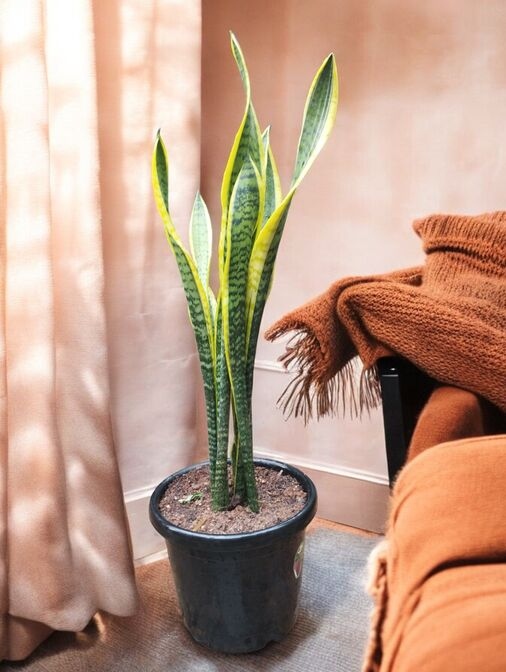

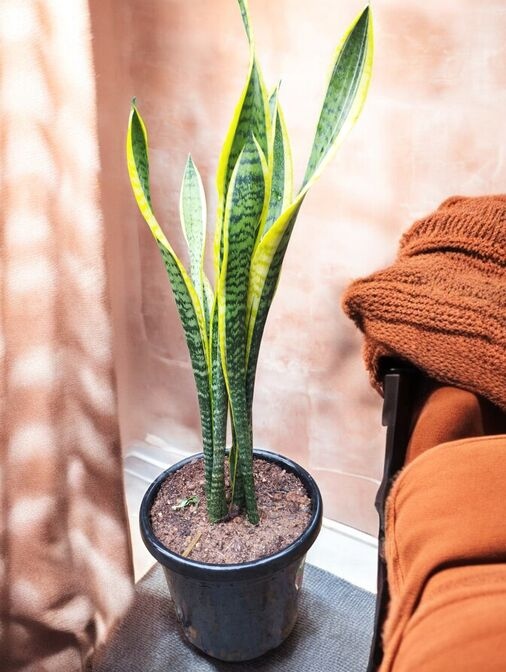
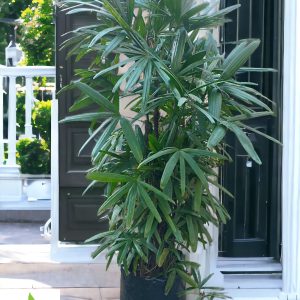
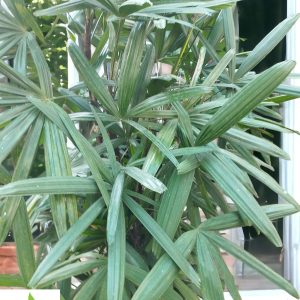
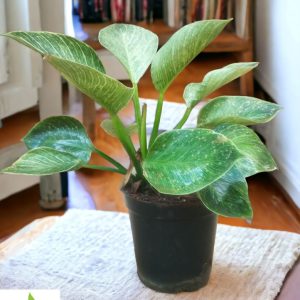
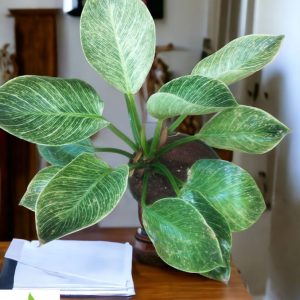
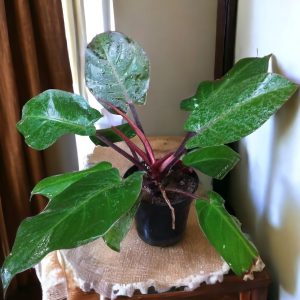
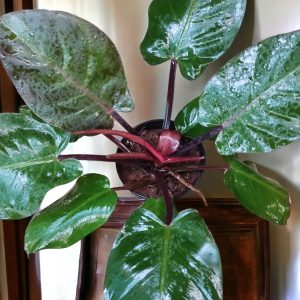
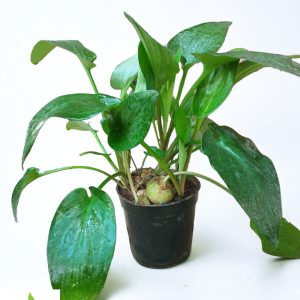
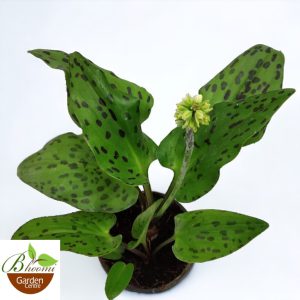
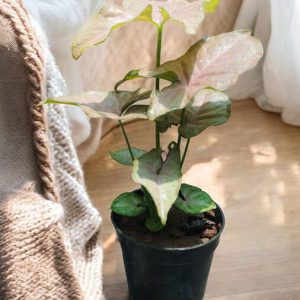
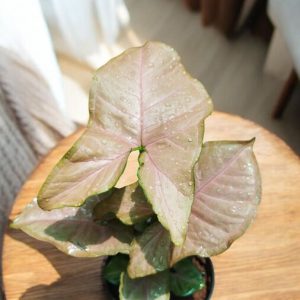

Reviews
There are no reviews yet.